Vintage Tribal Kilim Runner 2' 9" x 10' 6" (33" x 126")
Type:
Kilim RugsCollection:
Tribal RunnersID:
K0077564Size:
Material:
The designs feature a rich array of symbols representing tribal culture and Anatolian motifs, often in the form of medallions, diamonds, and other geometric shapes.
The designs feature a rich array of symbols representing tribal culture and Anatolian motifs, often in the form of medallions, diamonds, and other geometric shapes. These kilim runners are ideal for hallways and narrow spaces, offering a touch of ethnic charm and artisanal quality to any interior.
Herki kilims not only serve as functional floor coverings but also as artistic expressions of tribal identity, making each rug a unique cultural artifact.
Design Elements
- Geometric Patterns: The rug features a series of sharp, angular geometric shapes that create a sense of movement and rhythm. The repetition of these patterns serves to create a cohesive visual flow.
- Diamonds and Squares: The central motifs, including prominent diamond and square shapes, symbolize stability and strength. These geometric forms often represent the earth and its resources.
- Symmetry: The design showcases a symmetrical layout, which contributes to a balanced aesthetic and reflects harmony in nature.
- Borders: The borders of the rug frame the central designs, accentuating the motifs while providing boundaries that enhance the overall structure of the design.
Colors
- Warm Tones: The predominant palette includes shades of orange, red, and pink, evoking warmth and vibrancy. These colors often symbolize energy, passion, and vitality.
- Earthy Undertones: The presence of browns ground the design, representing the earth and nature. These colors provide balance and connection to the natural world.
- Contrast: The contrast between the bright warm colors and the subdued tones enhances the visual interest, drawing the eye to the intricate patterns.
- Natural Dyes: The use of natural dyes, typical in vintage tribal rugs, infuses the colors with a richness and depth that synthetic dyes cannot replicate.
Main Motifs and Their Symbolism
- Diamond Shapes: Often interpreted as a symbol of wealth and prosperity, the diamond shapes within the rug serve as a representation of precious resources and good fortune.
- Cross Patterns: These patterns symbolize faith and the concept of a journey, reflecting the cultural and spiritual beliefs of the tribal communities.
- Chevron Motifs: The zigzag patterns signify movement and the flow of life, embodying the idea of progression and the passage of time.
- Color Influence: In tribal cultures, colors often have specific meanings. For instance, red represents life and courage, while orange denotes warmth and hope. These elements work together to convey a narrative of the land, people, and their experiences.
Summary
The vintage tribal kilim runner features a dynamic interplay of geometric shapes and a vibrant color palette dominated by warm tones. Its symmetrical design elements and rich motifs reflect traditional symbolism, conveying messages of strength, prosperity, and the natural world's connection. The use of natural dyes enriches its aesthetic appeal, while the overall design encapsulates cultural narratives and the essence of life within tribal societies.
- Ships in 1-4 business days
- Only one in stock, handmade, unique
- Free shipping via FedEx Express. Easy returns
- Contact us or add a note to your order if you want us to delay your shipping.
- Request more info if you want this rug shorter or narrower
Colors may appear slightly different across various monitors due to screen settings device differences, and external lighting conditions. If color accuracy is important for your space, we recommend viewing the rug on multiple devices or contacting us for a detailed color description. We can provide detailed photos and references using Sherwin-Williams, Benjamin Moore, Pantone, or even Crayola crayons.
You can also visualize most of our products in your own room with AR (augmented reality) on an iPhone or iPad.
Return Policy
Need a rug pad? We recommend RugPadUSA
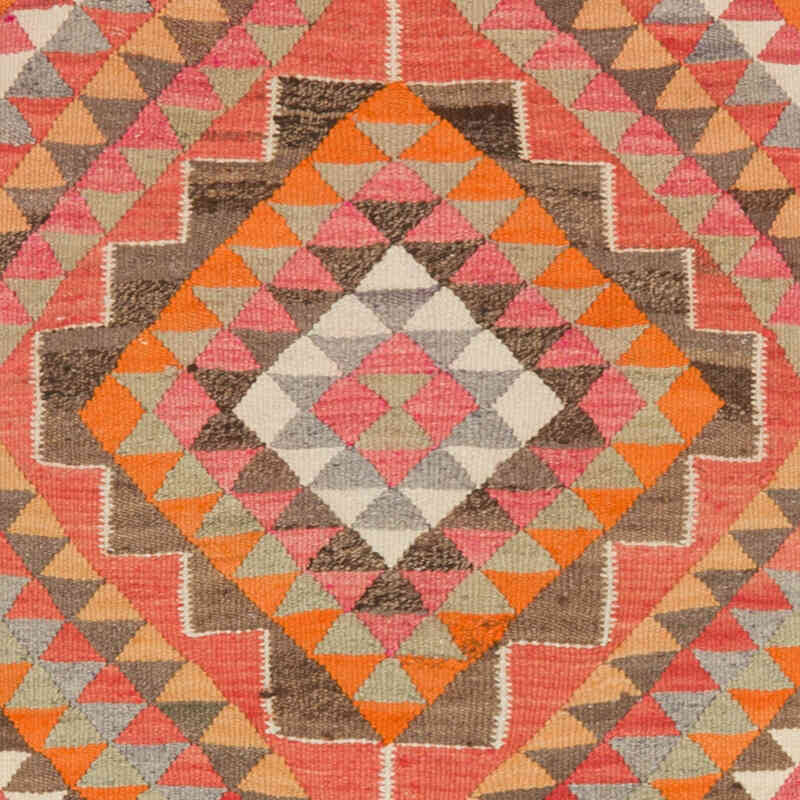
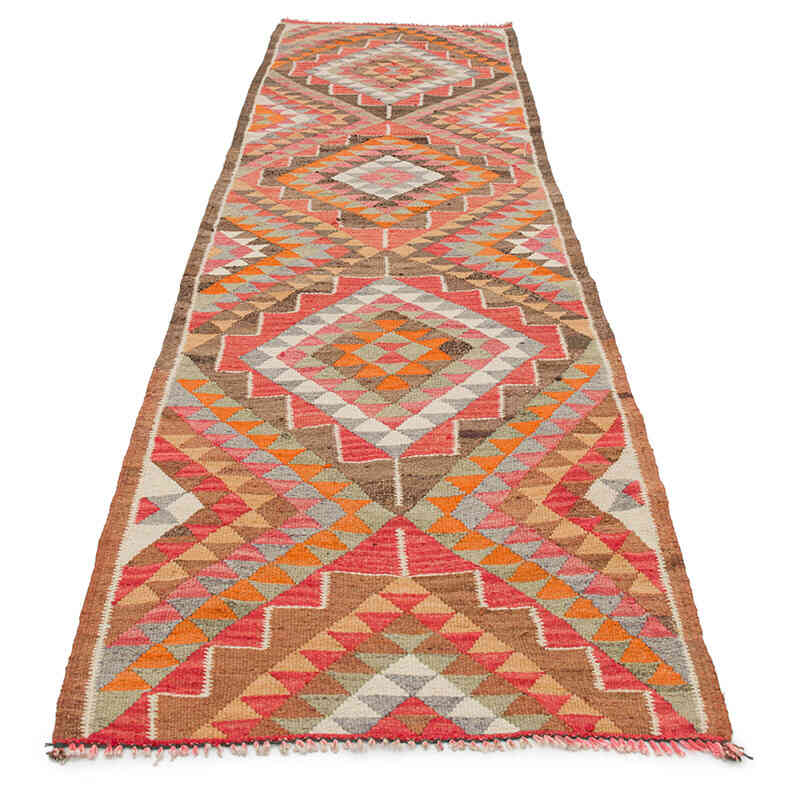
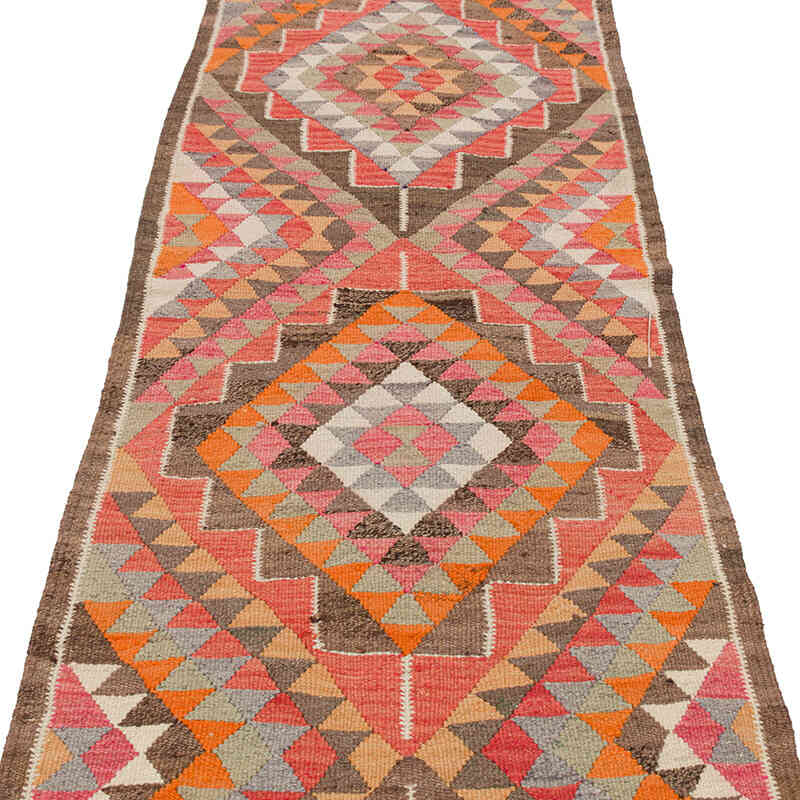
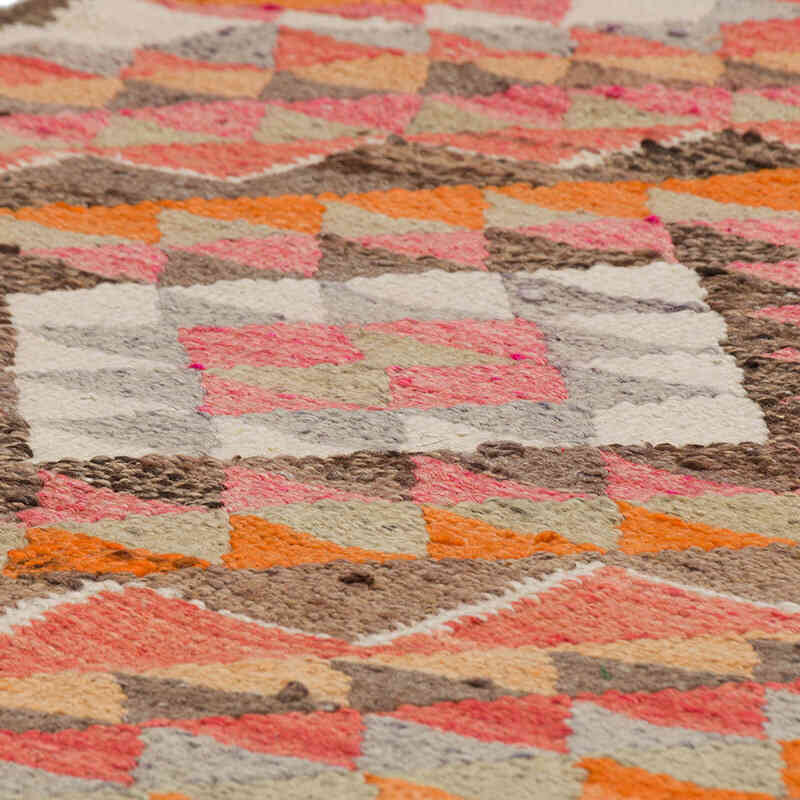
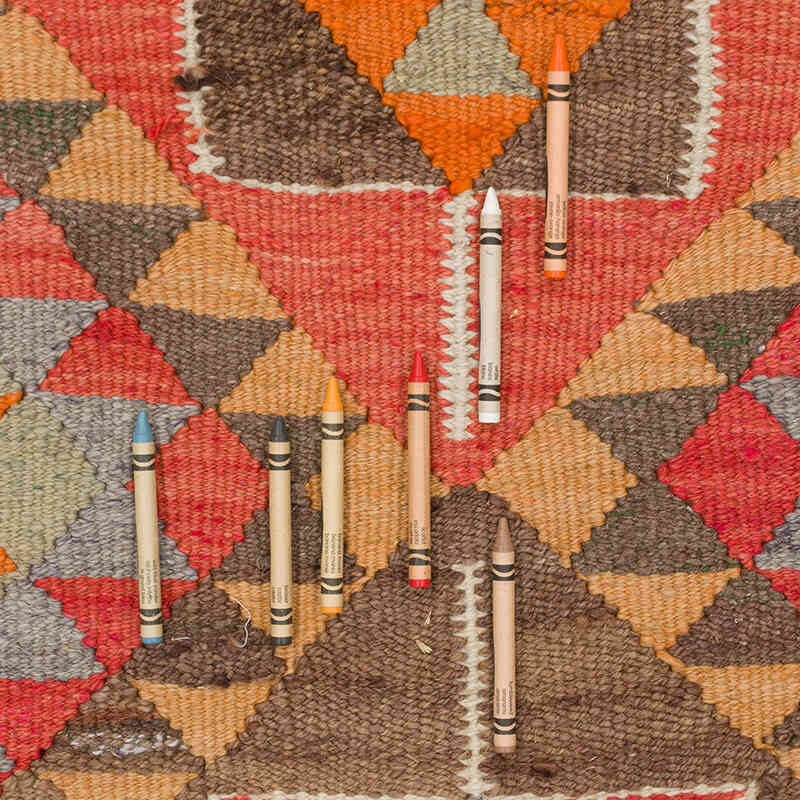

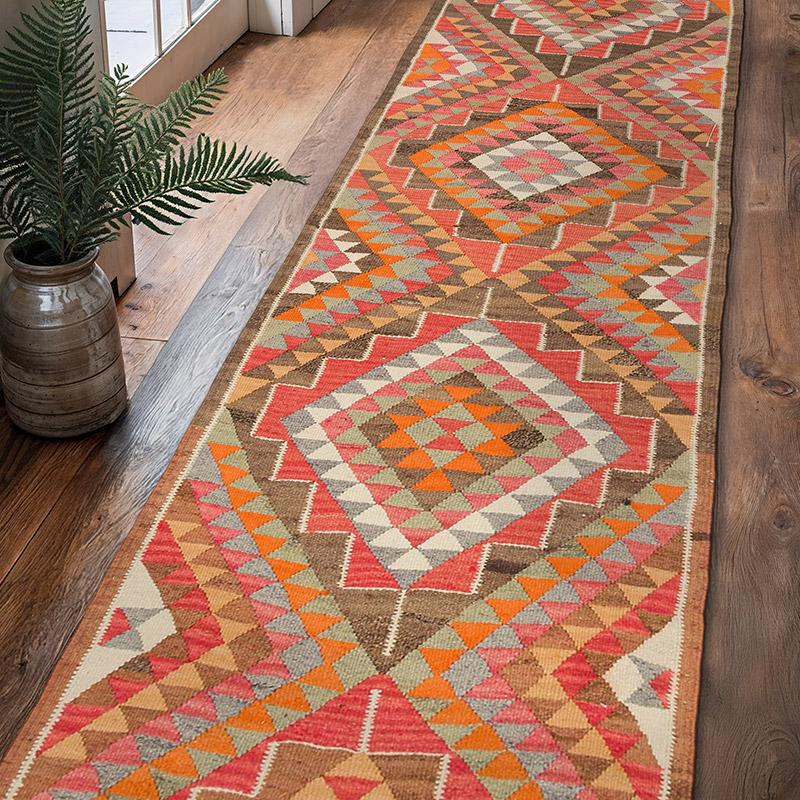









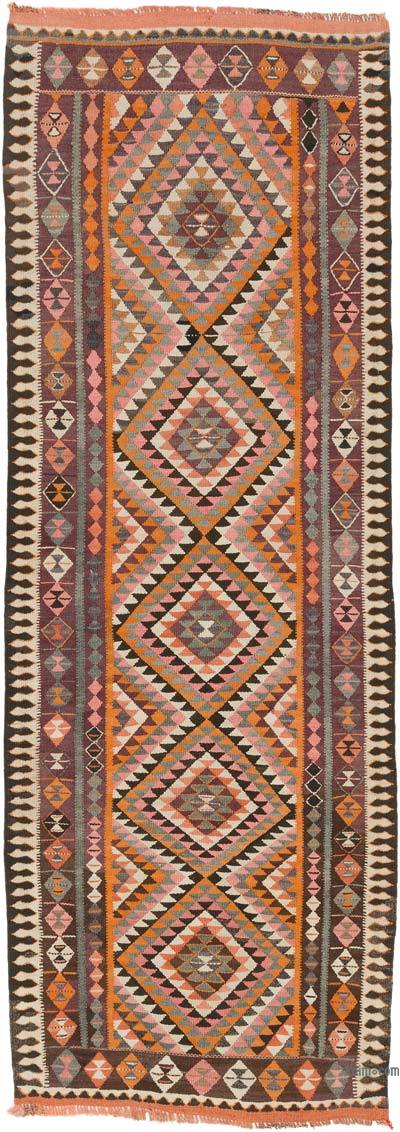






Perfect rug!